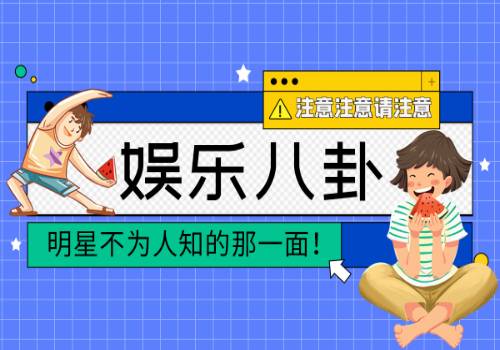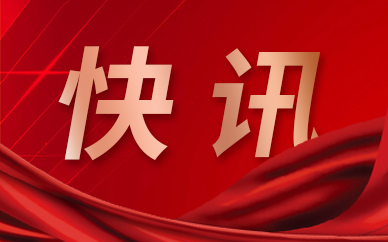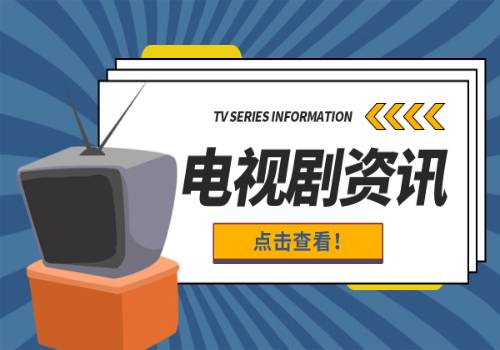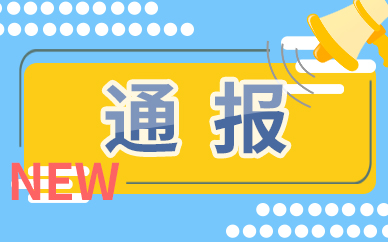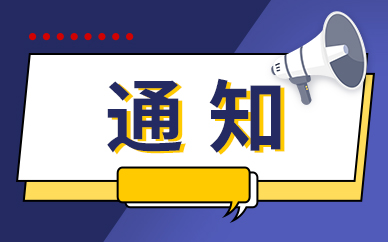本文我们将介绍支撑以及阻力线的基本只是。支撑阻力线(S&R lines )与最基本的技术分析工具一致,并且可以作为检测价格遇到阻碍时的可视化指示器。换句话说,价格在该位置遇到困难。支撑或阻力位可以在任何时间框架中(1分钟图或月图)。它们其中的一些线有效期可以是几年。
支撑和阻力位是非常重要的工具,因为交易者往往在这些重要价位操作。这就增加了预测汇率走势的可能性。通常,时间框架越大,它对资本的影响也就越大。但是,即使是1分钟图,你也会发现支撑以及阻力位的作用。
水平支撑以及阻力线
 (相关资料图)
(相关资料图)
为了划出支撑阻力位,你需要至少两个价格反弹的联系点。这些点是价格图表上的最高点以及最低点。联系点越多,那么关注该支撑阻力位的交易者也就越多。如果一条线仅有2个联系点,或者价格并没有真正发生反弹,那么大部分交易者将不会考虑它,而且价格突破这条线也不会有很大的影响。
下图中,一些线仅仅作为临时的阻力线,价格会触碰它们,击穿它们甚至最终穿过它们。而另外一些线则充当更长久的阻碍,价格明显的发生反弹。蜡烛图已经通过主体以及烛芯来反映支撑阻力水平,而这些线则更加方便观看。
即使当今天的大部分市场预测者没有对之前的支撑阻力位做出贡献,但是一些线可以持续几年并且当前仍然有效。当你划出较长时间框架的支撑阻力线时,应该首先了解80、90年代的支撑阻力线。
下图是美日的月线图。正如你看到的,很多水平线已经存在几年了,因此,我们预测它们在未来仍将持续有效。你能做的就是利用不同颜色的线来表示不同时间段的高点或低点水平位以及主要或次要的支撑反转水平位。
大的时间框架在确认支撑阻力线方面作用显著,因为它们显示的是价格的主要“阻碍”。而为了找出更加准确的支撑阻力线,你在小的时间框架中仍然需要做同样的事。在上图中您已经注意到,和以前的那些线相比,一些近期的高低摆动已经发生轻微的变动。您可以通过放大跨度较大的时间框架图来解决这个问题。理想的状况是将其转换成周线图,但我们直接选择日线图以此来看到一个更加完整的新世界。
看到上图中蓝色的中期阻力支撑位以及圆圈了吗?请注意,上图是日线图,所以这些中期水平位在经过压缩后的月线图中很难找出。当切换到更小的时间框架中时,大时间框架中看不到的、更小的中期支撑阻力位便显现出来。
我们以这种时间框架自上而下的方法得出的结论是,大的时间框架提供支撑阻力位的总体格局,而小时间框架则展现中期水平、更适合短期交易。
记住:图中的线只是市场即将发生的行为的另一种解读。市场不是线的压缩,它们是各种信息的简化:我们可以从中解读现实并且不至于疯狂。没有100%的规则可以帮助你很好地划出并且利用支撑阻力线。交易中,总是寻找“确定”是无用的——事实上,如果你理解本文,那么这追求也是没有必要的。你不可能总是正确,你能做的就是树立正确的规则从而降低错误带来的影响。
Identify support and resistance on a chart
In this section we are going through the basics of support and resistance lines. S&R lines conform the most basic analytical tools and are commonly used as visual markers to trace the levels where the price found a temporary barrier. In other words, where price had trouble crossing. These levels can be found on any chart and any time frame either 1 minute or 1 month. Some of these lines remain valid for years.
Lines are very powerful tools for the analysis because they trace significant price levels at which traders will take action. This increases the probability of anticipating the course of the exchange rate. Usually, the higher the time frame where a line is displayed the stronger it will be in terms of capitalizations and impact. But even on a 1 minute chart you can find and act upon them.
Horizontal support and resistance lines
To draw a line you need at least two contact points where price has bounced. These points are highs or lows registered on the chart. The more contact points a line has, the more traders will be watching it as a significant level. If a line has solely two points of contact, or if these are not really bounces, the majority may not take it into consideration and the breaking of the line may not have a big impact.
As you see on the chart below, some lines have acted as a temporary barrier where price came to touch it, even pierced it, and eventually crossed it, whereas other lines acted as a more permanent barrier where price was clearly rejected. Candlesticks already evidence those levels with their bodies and wicks, but lines make it even easier to see.
Some lines can last for years and remain active in the present, even when most of today"s market participants didn"t contribute to form that line in the past. Prepare yourself to identify lines from the 80"s and 90"s when charting in longer time frames!
The chart below is a monthly chart showing the price action on the USD/JPY. As you can see, many levels hold for several years, therefore we can expect them to remain active in the future. The best you can do when starting to draw lines is to color code them as all-time highs and lows, as well as primary and secondary S&R levels.
Higher time frames offer a good perspective on the most relevant S&R levels, because they show the main barriers. But you still have to do the same on lower time frames to find more accurate levels. From the chart above you can already notice that some recent high and low swings have slightly migrated in comparison to the earlier ones.
You can solve this by zooming at lower time frames. Ideally you should switch to the weekly time frame, but we are jumping straight to the daily so that you can see a complete new world.
Do you see all these intermediate levels shown by the blue lines and circles? Note the above chart is a daily chart. These intermediate levels were barely visible on the monthly chart shown before because of the time compression. When switching to lower timeframes, secondary support and resistance levels which were not visible on the higher timeframe appear.
The conclusions we arrive from this top-down approach in timeframes is that higher timeframes offer a general view on the most important S&R levels, while lower timeframes show intermediate levels more appropriate to short term trading.
Remember: lines on a chart are just interpretations of what is going on in the market. The market is not composed by lines, they are therefore reductions of all the information the market contains.; a reduction allowing us to read and interpret the reality without going mad.
To draw and work effectively with S&R lines, there are no generic nor 100% objective rules. In trading, it"s useless to strive for certainty all the time - in fact, it"s not even necessary as you will understand during this course. Knowing that you can"t be right all the time, the best you can do is to establish certain rules in order to reduce the impact of your mistakes. As to how develop such rules you will be geared with some guidelines during this chapter.
本文翻译由兄弟财经提供
文章来源:http://www.fxstreet.com/education/learning-center/unit-1/chapter-4/identify-support-and-resistance-on-a-chart/
